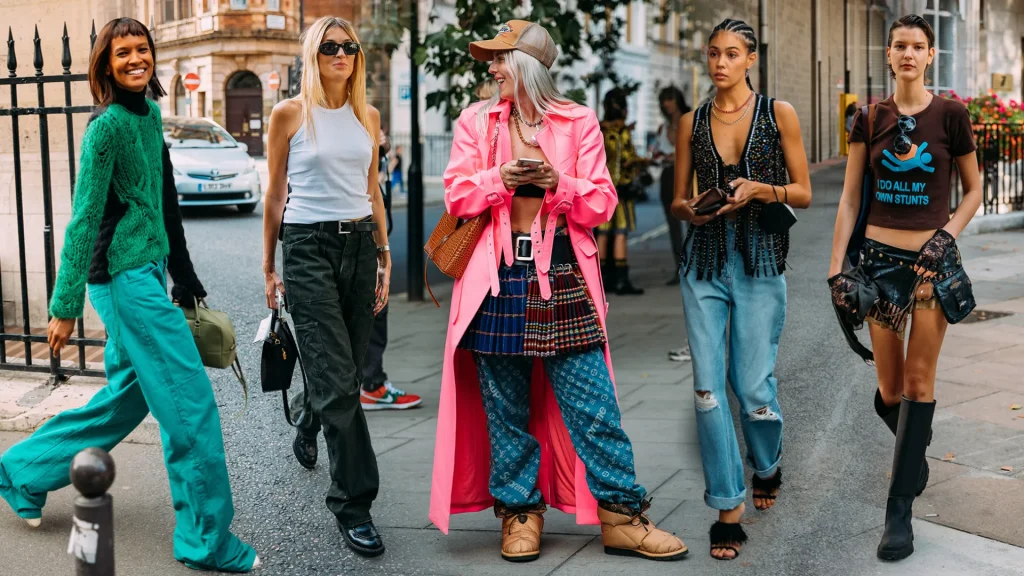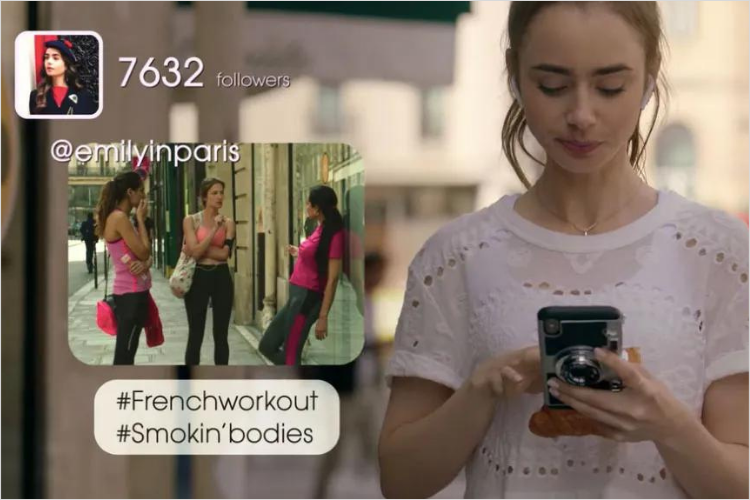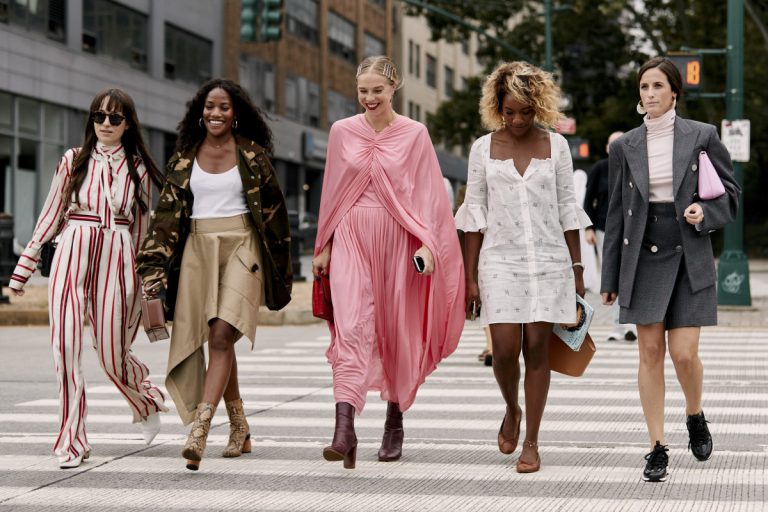Fashion is an ever-evolving expression of creativity and self-identity. While the runway showcases the avant-garde and boundary-pushing designs, street fashion represents the sartorial choices made by everyday individuals. The clash between runway fashion and street style has been a topic of debate for years. However, in recent times, the lines between these two realms have blurred, leading to an exciting convergence that allows individuals to experiment, express, and redefine their personal style. In this blog post, we will explore the distinct characteristics of runway fashion and street fashion, as well as the ways in which they influence and inspire each other.
Runway Fashion

The runway serves as a platform for designers to showcase their artistic vision. It’s a theatrical spectacle where imagination knows no bounds. Runway fashion is often characterized by extravagant designs, bold silhouettes, and attention-grabbing details. Designers take risks and experiment with materials, colors, and shapes, pushing the boundaries of traditional fashion norms. The purpose of runway fashion extends beyond mere wearability; it serves as a catalyst for trends, pushing the industry forward and challenging conventional notions of style.
Street Fashion

On the other end of the spectrum, street fashion represents the fashion choices made by individuals in their everyday lives. It is an organic expression of personal style, influenced by culture, subcultures, and the prevailing trends of the moment. Street fashion captures the spirit of individualism, as people mix and match various pieces to create unique and authentic looks. Street style can vary from city to city, showcasing the diversity and creativity of fashion on a global scale. It is often a reflection of current social, cultural, and economic influences, representing a broader cultural movement.
The Interplay between Runway and Street Fashion

While runway fashion may seem detached from the realities of everyday life, it serves as a significant source of inspiration for street fashion. Trends that emerge on the runway eventually trickle down to street style, where they are interpreted, adapted, and incorporated into more wearable and accessible forms. Street fashion acts as a bridge between the high-fashion world and the general public, making the runway’s avant-garde designs relatable and attainable.
Conversely, street fashion has also started to influence runway fashion. Designers are increasingly drawing inspiration from the streets, subcultures, and the fashion choices of everyday people. This democratization of fashion has opened up opportunities for new voices and perspectives to be heard within the industry. Street fashion’s impact on the runway has resulted in a more inclusive and diverse representation of style, celebrating individuality and authenticity.
The Rise of Influencers and Social Media

One significant factor that has contributed to the convergence of runway and street fashion is the rise of influencers and social media. Platforms like Instagram have given individuals a global stage to showcase their personal style, blurring the lines between traditional fashion gatekeepers and the general public. Influencers have become trendsetters in their own right, challenging the dominance of high-fashion brands and making street style more influential than ever before.
The dichotomy between runway fashion and street fashion has undergone a transformation in recent years, resulting in a dynamic and mutually influential relationship. The boundaries have blurred, allowing for a more inclusive and diverse representation of style. Runway fashion provides inspiration and pushes the boundaries of creativity, while street fashion offers a reflection of cultural movements and the fashion choices of individuals. As these two realms continue to influence and inspire each other, we can expect to witness a constant evolution in the way fashion is perceived and embraced by society. Ultimately, the runway and the streets are both essential elements of the fashion ecosystem, coexisting and collaborating to shape the future of style.

